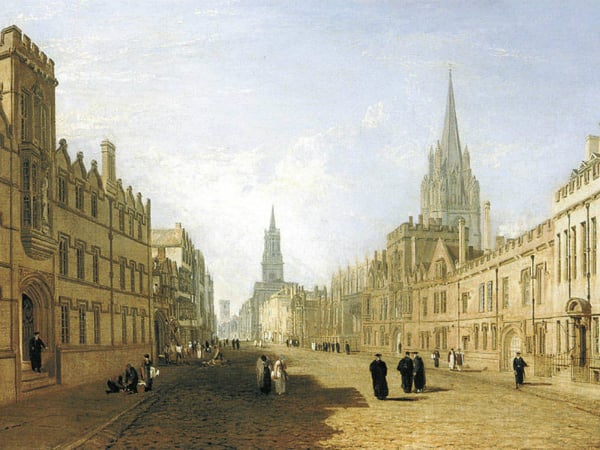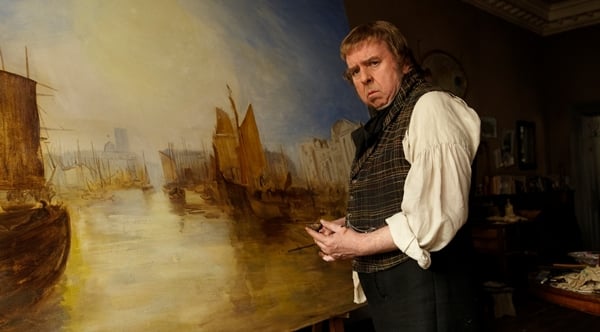Analysis
Ashmolean Museum Saves J.M.W. Turner Painting


Sarah Cascone

Thanks to an outpouring of public donations, the Ashmolean Museum at Oxford University has successfully raised the last £60,000 ($90,000) needed to buy J.M.W. Turner’s 1810 painting titled, The High Street, Oxford.
Turner’s only completed oil painted street scene has been on long-term loan to the Ashmolean since 1997. The High Street was offered to the museum by its current owners so that they could avoid paying £3.5 million ($4.3 million) in inheritance tax.
Unfortunately, the painting was worth more than what the family owed, and it was up to the Ashmolean to cover the difference of £860,000 ($1.3 million). The Heritage Lottery Fund chipped in £550,000 ($840,000), the Art Fund added £220,000 ($330,000), and Friends and Patrons of the Ashmolean gave £30,000 ($46,000) to the cause.

The Ashmolean Museum at Oxford University.
Still falling short of the total asking price, the museum put out the call for donations a month ago. Had the Ashmolean been unable to raise the funds, the painting would have been sold privately.
“The museum has been overwhelmed by public support,” said Ashmolean director Alexander Sturgis in a statement. “With well over 800 people contributing to the appeal, it is clear that the local community, as well as visitors to the museum from across the world, feel that this picture, the greatest painting of the city ever made, must remain on show in a public museum in Oxford.”
The canvas is fairly unique among Turner’s output in that its first owner, Oxford printseller James Wyatt, kept the correspondence documenting the work’s creation. Wyatt commissioned the painting in 1809.
“It would have been such a tragedy to lose this beautiful and important work by Turner—and clearly the public felt the same,” noted Stephen Deuchar, director of the Art Fund, in a statement.

Timothy Spall In Mr. Turner.
In 2014, Turner was the subject of an award-winning film starring Timothy Spall. Following the movie’s success, the Heritage Lottery Fund allotted £1.4 million ($2.2 million) in funds to restore the only building designed by the artist.
The High Street will be prominently displayed in the Ashmolean’s newly renovated 19th century gallery, slated to reopen in early 2016.